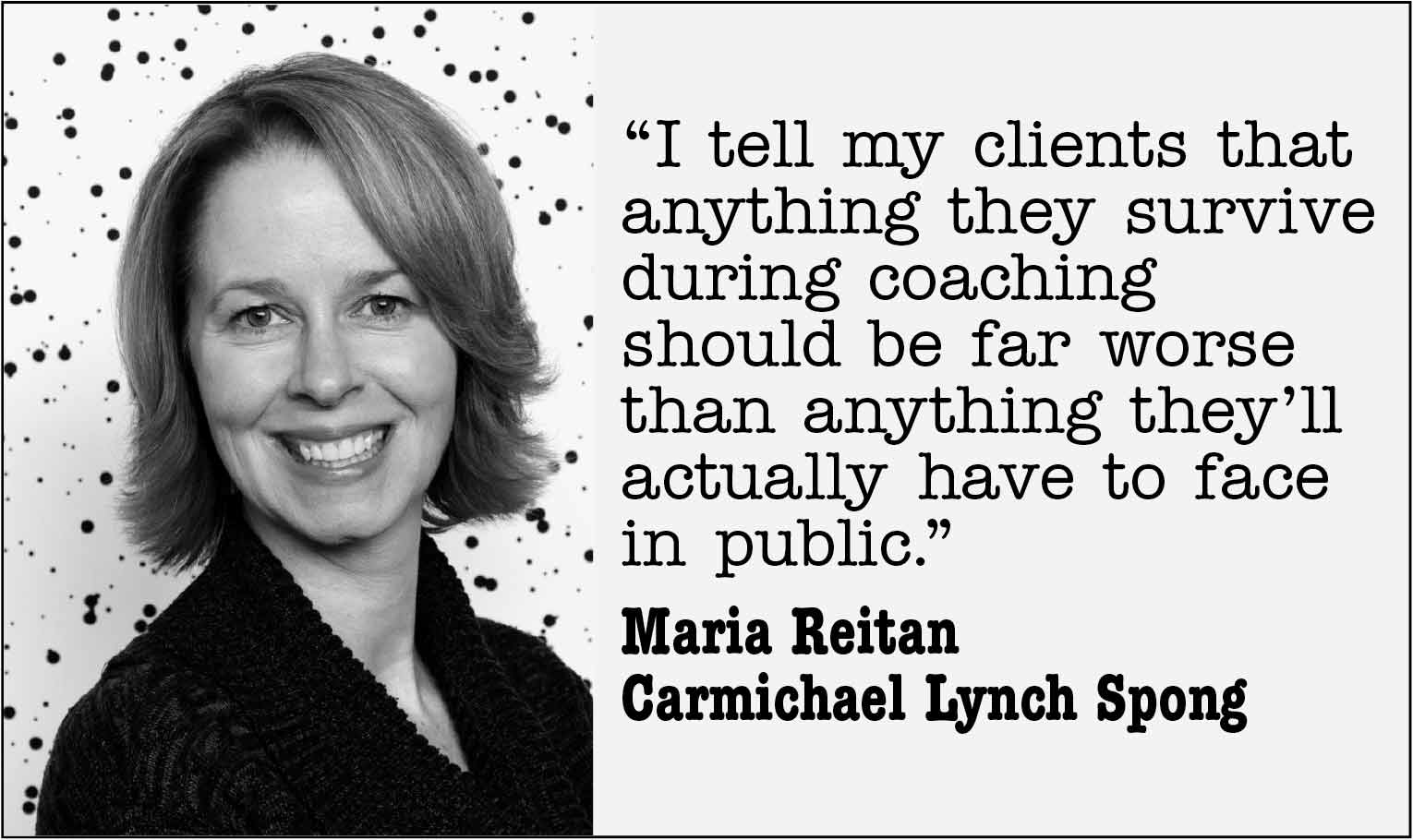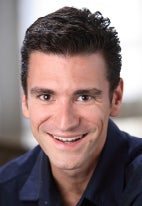On July 11, 2012, presumptive Republican presidential nominee Mitt Romney spoke before an NAACP convention in Houston, the results of which have caused a media stir ever since. As could be expected, the NAACP audience gave Romney a lukewarm reception, but loudly booed him when he vowed to repeal President Obama’s Affordable Care Act.
There was an awkward silence from Romney as he was being booed, as if he were trying to think of a response, but couldn’t. Romney later said he expected this kind of reaction, yet he appeared to be unprepared for it at the time.
Which begs the question: Can an organizational leader or spokesperson who is faced with a difficult situation during a speech or interview—internally with employees or with the media—be taught effective, improvisational retorts?
In a word, yes, says Jerry Doyle, principal at CommCore Consulting Group. And it starts with acknowledgement. In Romney’s case, Doyle says a simple phrase would have done the trick: “I understand your reaction, but hear me out.”
In the case of boos, Doyle says a verbal acknowledgement is the only option. “If you just stand there and smile, that’s a case of visual condescension,” he says. “It gives the speaker an air of superiority.” That’s a tag that’s been placed on Romney before, although President Obama carries that air as well, says Doyle.
In reviewing Romney’s performance in front of the NAACP, what disturbed Doyle more was what happened later that evening, at a fundraiser in Montana. According to a report, Romney said this to the audience about the earlier NAACP speech: “I hope people understand this, your friends who like Obamacare, you remind them of this, if they want more stuff from government tell them to go vote for the other guy—more free stuff. But don’t forget nothing is really free.”
FUNNY HA HA?
While Romney was trying to make light of the situation, talk of racial undertones in the statement quickly made the media rounds. That’s why it’s important to keep humor—however subtle—to a minimum, says Doyle. Why? Humor is risky. Doyle figures there’s a one in three chance of success with a joke line. “The best outcome is if the joke goes over well, you break the ice and get the point across,” he says. The second scenario is if nobody gets the joke and the third is the least desirable outcome: You offend someone or some group with it.
Just don’t tell Clayton Fletcher that humor is a big risk in deflecting awkward public situations. Fletcher, a stand-up comedian and chief comedy officer at PR agency Peppercom, contends that Romney could have benefited from some stand-up comedy training (see the sidebar for Fletcher’s tips on salvaging a disastrous public appearance).
Again, acknowledgement is the key, says Fletcher. When a comedian is heckled, taking note of it is the first step. “Generally speaking, audiences aren’t rooting against us,” says Fletcher. “When they heckle, it’s because things are going off the rails. As a comic, I acknowledge it.” In that situation, Fletcher tends to use irony, saying, “This is exactly the way I hoped this show would go tonight.” Perhaps that’s something Romney could have deployed in Houston.
Having a sense of irony allows the audience to see you as a real person, says Fletcher. Comedians generally know how to show vulnerability and will let their feelings show through to the audience. This is not Romney’s forte, Fletcher adds.
GIVE THEM THE THIRD DEGREE
 |
More than humor, the best way to prepare for the unexpected, says Maria Reitan, senior principal at PR agency Carmichael Lynch Spong, is to prepare—something that executives may pooh-pooh. “They may believe they are capable of handling every interaction—but that confidence is actually what can lead to disastrous results.”
Here are some must-do’s from Reitan on how to best prepare leadership for public appearances—be it a speech, an internal event or interview:
1. Prepare in advance to understand what situation you are coaching them for and prepare them for the absolute worst. As the PR pro, do your homework on the issue for which you are coaching, review the issue and/or recent media coverage (if it’s already a reportable event), anticipate which reporters will likely be interested and research their reporting style.
2. For a public speaking opportunity, learn as much as you can about who will be in the crowd and anticipate their reaction to the speaker’s comments. Then create your coaching session accordingly.
3. Put leaders through their paces. Just because they hold the keys to your PR budget doesn’t mean you can go easy on them. Treat them as any reporter or audience would treat them—with skepticism and condemnation.
4. Videotape your session so you can catch any visual miscues that might actually conflict with what the person is saying and deliver a far different message to the audience. Watch for contorted faces, finger-pointing and other defensive reactions.
“I tell my clients that anything they survive during coaching should be far worse than anything they’ll actually have to face in public,” says Reitan.
To some pundits, that day in Houston couldn’t have been worse for Romney. However, a few political observers are suggesting that the candidate got just what he wanted out of the NAACP speech—a provocation of an audience that likely won’t vote for him anyway, which could gain him respect from people who will vote for him.
It seems all is fair in love and politics. PRN
[For more articles on media training, visit the PR News Subscriber Resource Center (prnewsonline.com/subscriber_resources.html).]
CONTACT:
Jerry Doyle, [email protected]; Clayton Fletcher, [email protected]; Maria Reitan, Maria Reitan, [email protected].
Follow Scott Van Camp: @svancamp01

